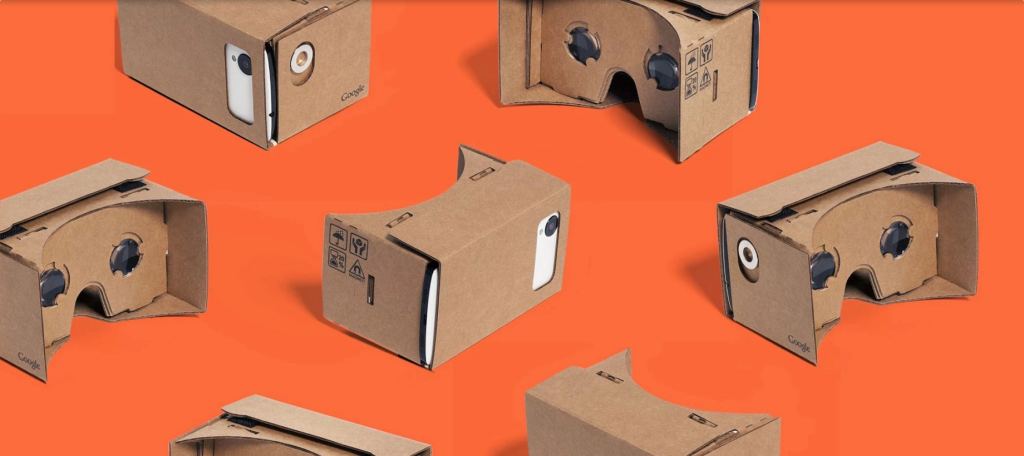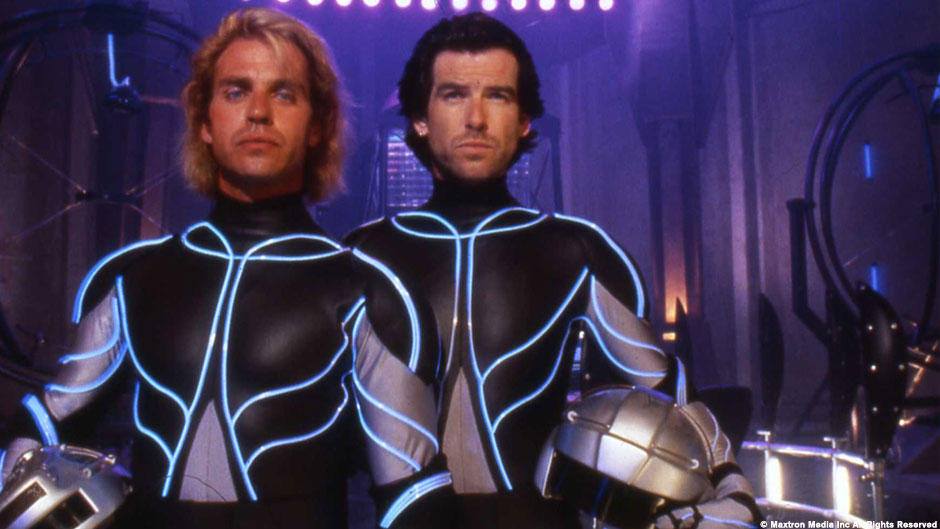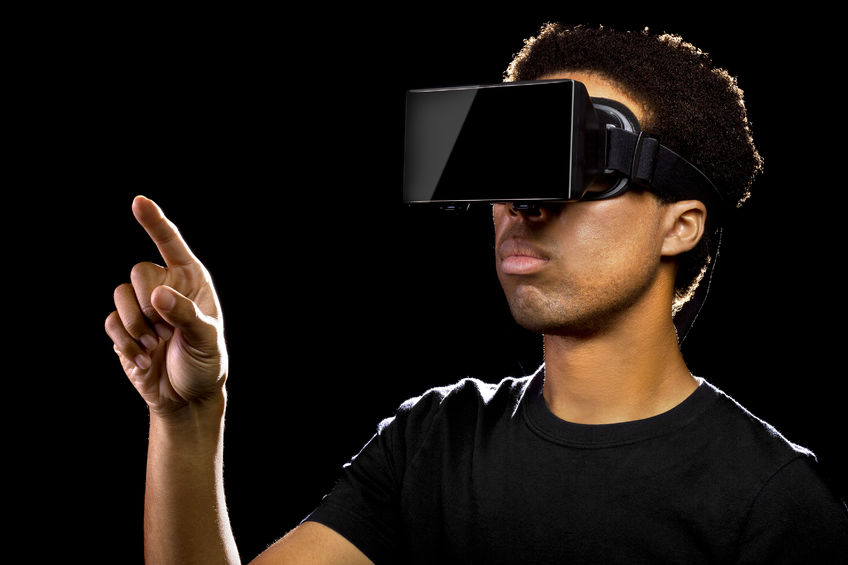Could VR Be a Marketing Reality for Your Company in the Near Future?
Virtual Reality Is the Next Big Thing. For any one who lived through the 1990s, this headline may seem like déjà vu. But that’s just what we’ve been hearing recently as virtual reality (or VR) has once again returned to the forefront of technology.
Here’s a quick glimpse at the rise of VR development over the past couple years:
- In 2014, Facebook acquired Oculus VR for $2 billion sparking a VR craze
- VR had a strong and notable presence at the 2015 Consumer Electronics Show (CES)
- Venture Beat reported in October there are currently 234 VR companies valued at $13 billion
With all the talk about VR technology has come discussion and enthusiasm about how it can be used in a marketing capacity. So is VR a viable marketing tool that your company may want to start exploring?
3 Reasons Virtual Reality (VR) May Become Marketing Relevant
Here are a trio of reasons that VR may be for real this time around…
1. Google Cardboard has brought simple VR access to the mainstream
Google threw out a wild card that propelled VR forward with Google Cardboard. The innovation created a way for anyone to access virtual reality with a smartphone and some cardboard.
Some big brands have already jumped on Google Cardboard for marketing purposes. Perhaps the biggest was The New York Times, which provided subscribers of its Sunday print edition Google Cardboard with their papers as part of the Times’ rollout of its own VR content.

Google Cardboard could be the spark that flames the VR fire.
2. Companies are working really hard on new VR tech across the board
Along with the “heavyweights” developing VR headsets like Oculus Rift, HTC Vive and Sony’s Playstation VR, there’s a ton of other companies working on VR-related tech.
The image below is a good example of the cool and elaborate VR technology that’s emerged. No, this isn’t an alien orb. It’s a high-tech camera that enables you to capture footage and create virtual reality experiences.

The widespread development of VR products, apps and content shows a real groundswell.
3. Daring brands are already dipping their toes into the VR waters
We may be at the experimentation and early-adoption phase of VR, but we’re already seeing some steps forward. Progressive companies are working VR into their marketing and giving us a glimpse at the potential of the technology.
The first steps have been taken revealing practical and creative VR marketing applications.
Here are a couple of other examples and ideas of VR’s marketing potential:
- Tommy Hilfiger introduces virtual reality headsets for shoppers
- 10 ways you can use virtual reality in your marketing right now
Conclusion: Should Your Company Consider Using VR Marketing?
If you want to be an innovator, try something different, and get ahead of the curve, the answers is yes. Google Cardboard offers the opportunity for doing some experimentation. That can be a good primer for the more elaborate VR tech innovations to come.
The key is finding useful and creative ways to incorporate VR in your marketing to showcase your products or services.
The marketing potential of VR is definitely there, especially with consumer products. Imagine if you could see what a TV would like on your wall (in your actual space) or how a new refrigerator could fit in your kitchen. Or if you could “hold” and view products to get a sense of them like you would in the store (maybe even better because they’d be unboxed).
The chances are pretty good that VR makes a real cultural impact in the next few years. By being an early adopter, you have the opportunity to blaze new marketing trails.

Then, hopefully, people will associate virtual reality with more than just this movie.







